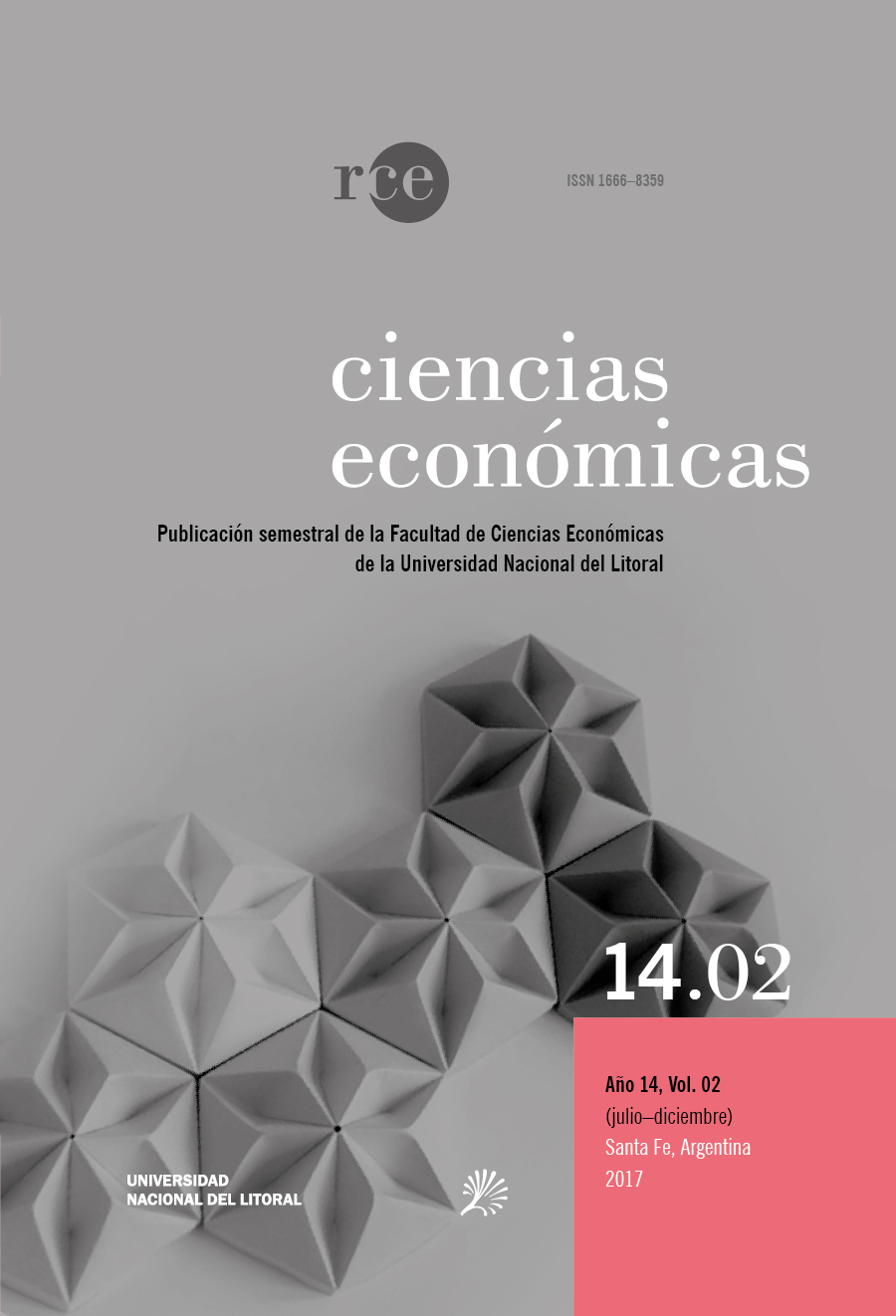IS-LM Model: Mathematical simulation and application in Mexico
DOI:
https://doi.org/10.14409/rce.v2i0.7235Keywords:
• Macroeconomics • production • employment • fiscal policy • monetary policyAbstract
This paper presents the procedure and result of the mathematical simulation of fiscal and monetary policies with the use of the IS-LM model -with a classical and Keynesian approach- with the aim of demonstrating that the current macroeconomic policies in Mexico are based on the principle of budgetary austerity and monetary astringency, which has favored low economic growth, a poor generation of formal employment and price stability. The simulations were made in Excel for Windows through the application of a module integrated to the software, known as Solver, which allows us to find solutions to a system of equations. The most important result is that expansive policies in the Keynesian world favor production and employment. This was contrasted with data from the Mexican economy, which allows the proposal of a change in priorities in the objectives and use of economic instruments by the authorities in order to overcome the current stage of slow growth and low prices and to move towards a model of sustainable productive dynamism.
Published
How to Cite
Issue
Section
License
Content is licensed according to the terms of the international license Creative Commons Atribución-NoComercial-CompartirIgual 4.0 Internacional.

Articles must have unpublished contents and must be complete. Then, they must not have been sent for publication in any other journal.
Authors who submit their works to Revista Ciencias Económicas give up their Author Rights to the journal, from the moment authors receive the written confirmation that their work has been accepted to be published.
Intellectual Property of the published scientific work belongs to the author or authors. There are no restrictions to the author’s copyright.
Accepted papers must be accompanied by an "Authorization to Publish" document signed by the authors, stating the originality of the document and authorizing the Journal to publish the paper.
Authors are responsible for the scientific content and the points of view included in their articles, with which the publishers do not necessarily agree.











